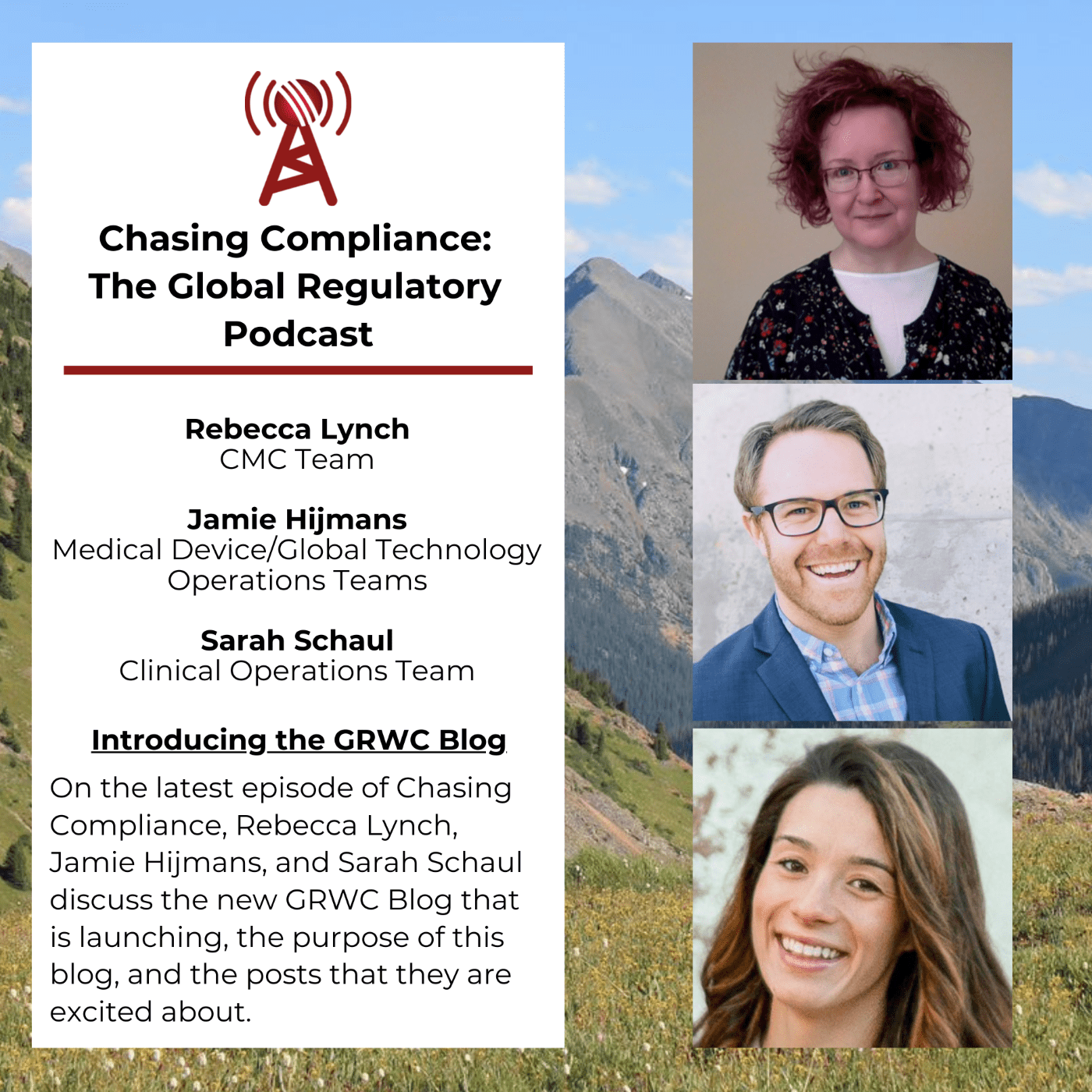This episode of Chasing Compliance is for those working on regulatory submissions for in-vitro diagnostic (IVD) medial devices. Today we talk to our resident Performance Evaluation Report (PER) expert, Bethany Hosford provides suggestions on how to improve your EU IVD regulatory submissions including PERs and their associated documents.
2:15 – Brief background of the In vitro Diagnostic Regulation (IVDR) and the Performance Evaluation Report (PER)
3:15 – Items to tackle prior to beginning to write PER
4:15 – Bethany’s recommendation for starting the PER process
6:30 – Tips for finding clinical data or addressing gaps for challenging IVDs. Bethany answers the question, what do you do if you device is mentioned in several articles, but it isn’t a focus?
9:15 – Do you need to consider your audience when preparing a PER? If yes, how should you do that?
10:30 – What is the best approach for reviewing and summarizing data? Should it be done piecemeal or holistically.
12:00 – Tips for writing associated documents such as the Analytical Performance Report (APR), Scientific Validity Report (SVR), and Clinical Performance Report (CPR).
14:10 – What is required to determine scientific and clinical validity in the case of a companion diagnostic (CDx) or other IVD? Where is this information found? BRCA – Gene which is highly associated with the development of breast cancer
18:00 – When is enough data enough? How do you know you have enough clinical data? What if you don’t have clinical data, what should you do?
20:45 – Bethany’s tips for preparing to write a PER. Key takeaways:
24:45 – What to do if you find you are missing data or have data gaps during the writing process.
28:45 – What should you do if you don’t fully understand the device you are working on or how to best summarize clinical or analytical data?
30:15 – Summary of topics discussed up to this point and Bethany’s tips for staying organized throughout the PER writing process.
33:45 – Generally, how long does it take to write a PER? What are your tips for pacing?
35:15 – Bethany’s tips for finalizing a PER.
40:00 – What is the value of templates in the PER writing process?

Welcome to Chasing Compliance, the Global Regulatory Writing and Consulting podcast where we discuss all aspects of medical device and pharmaceutical regulatory and clinical...

We are excited to announce the launch of the official Global Regulatory and Consulting Blog. To celebrate the release of the first blog posts...

Welcome to Chasing Compliance, the GLOBAL regulatory podcast, where we discuss all aspects of medical device and pharmaceutical regulatory and clinical strategy – from...